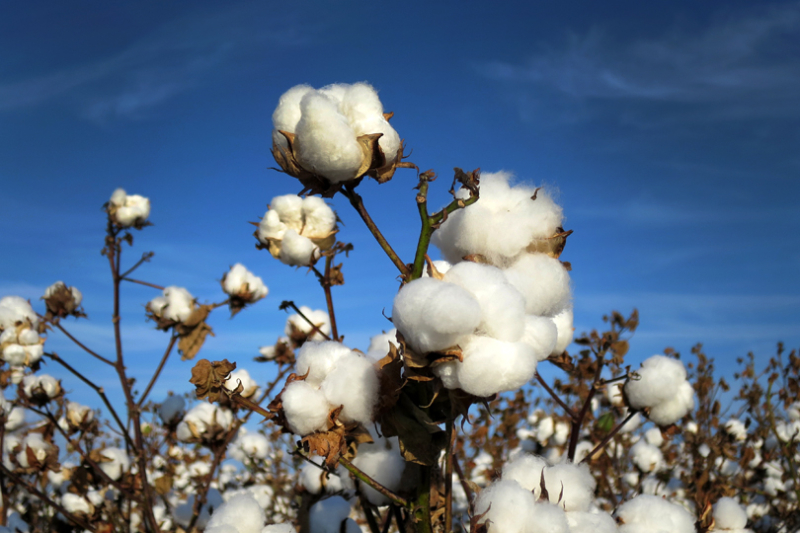By Emmy Powell
Communications Specialist
The U.S. and Texas will see fewer cotton acres planted this year.
Texas farmers are projected to plant 5 million acres, down 15.8% from 5.95 million acres last year, according to the National Cotton Council’s (NCC) 44th Annual Early Season Planting Intentions Survey.
U.S. cotton famers intend to plant 9.6 million cotton acres this spring, down 14.5% from 2024.
“Planted acreage is just one of the factors that will determine supplies of cotton and cottonseed,” Dr. Jody Campiche, NCC’s vice president of Economics & Policy Analysis, said. “Ultimately, weather and agronomic conditions are among the factors that play a significant role in determining crop size.”
Upland cotton planting intentions are down 14.4% from last year, 9.4 million acres
Extra-long staple (ELS) intentions also saw a decrease at 158,000 acres, a 23.5% decline from last year.
“History has shown that U.S. farmers respond to relative prices when making planting decisions,” Campiche said. “As compared to average futures prices during the first quarter of 2024, all commodity prices were lower during the survey period, but cotton had the largest decline. As a result, the price ratios of cotton to corn and soybeans were lower than in 2024. Based on historical price relationships, this would generally suggest a decline in cotton acreage.”
The Southwest region, encompassing Texas, Oklahoma, and Kansas, is projected to have a 14.5% reduction in cotton acreage. In the Southeast, cotton acreage is expected to decline by 19.3%, and the mid-South region anticipates an 8.2% decrease.
The NCC survey showed that South Texas growers expect to plant more sorghum and other crops. West Texas growers reported an increase in wheat, sorghum, corn and peanuts. Growers in the Blackland Prairie are expected to plant more corn, wheat and sorghum.
“The current economic situation is challenging for U.S. cotton growers,” Brant Wilbourn, Texas Farm Bureau associate director of Commodity and Regulatory Activities, said. “For the third year in a row, farmers are facing a tough market with unfavorable returns and an inadequate safety net. These conditions are pushing some to reduce their cotton acreage in favor of other crops.”
The anticipated reductions in cotton acreage could have significant implications for the U.S. cotton industry, potentially affecting domestic supply and export markets in the coming years.
The survey was conducted from mid-December 2024 through mid-January 2025 and included responses from farmers across the 17-state Cotton Belt. The survey aimed to assess farmers’ planting intentions based on market conditions at the time, with actual plantings influenced by changing market dynamics and weather conditions as the planting season approaches.


Leave A Comment